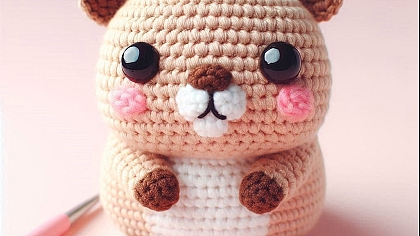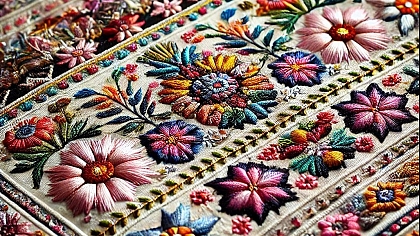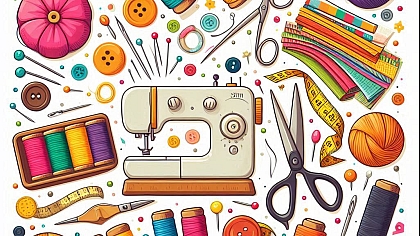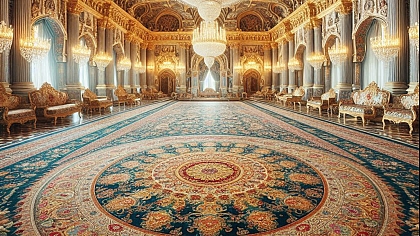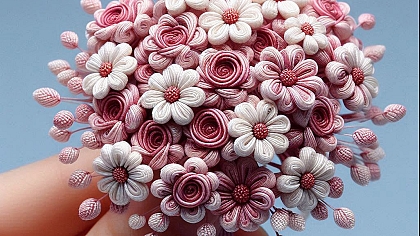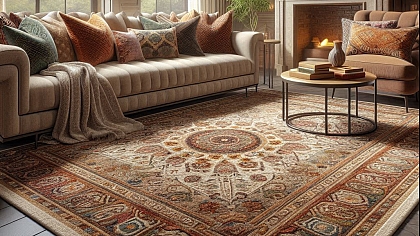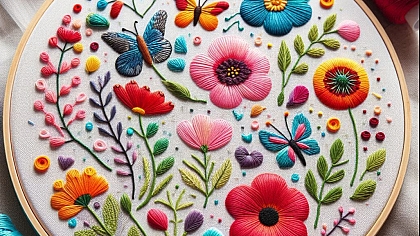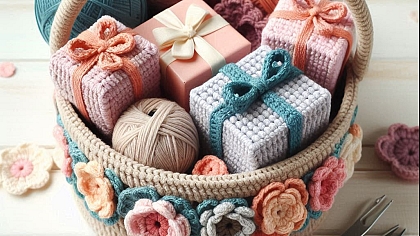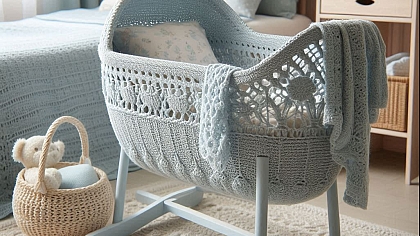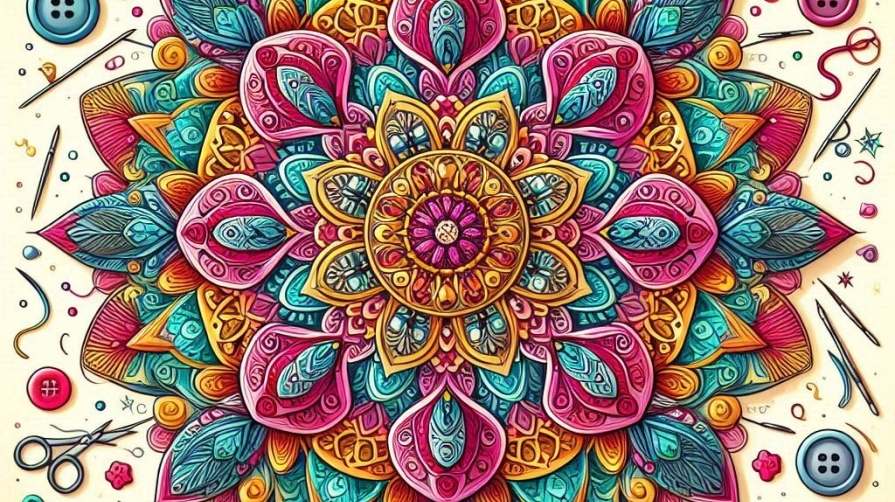
Creating Custom Patterns: A Beginner's Guide
Creating custom patterns can transform the mundane into the extraordinary. Whether you’re looking to design a unique fabric pattern for a new outfit, a one-of-a-kind wallpaper, or simply want to express your creativity through pattern-making, diving into this process can be both rewarding and fun. This guide is crafted to walk you through the basics of creating custom patterns, offering a detailed look at each step from conceptualization to final design.
Understanding the Basics of Pattern Design
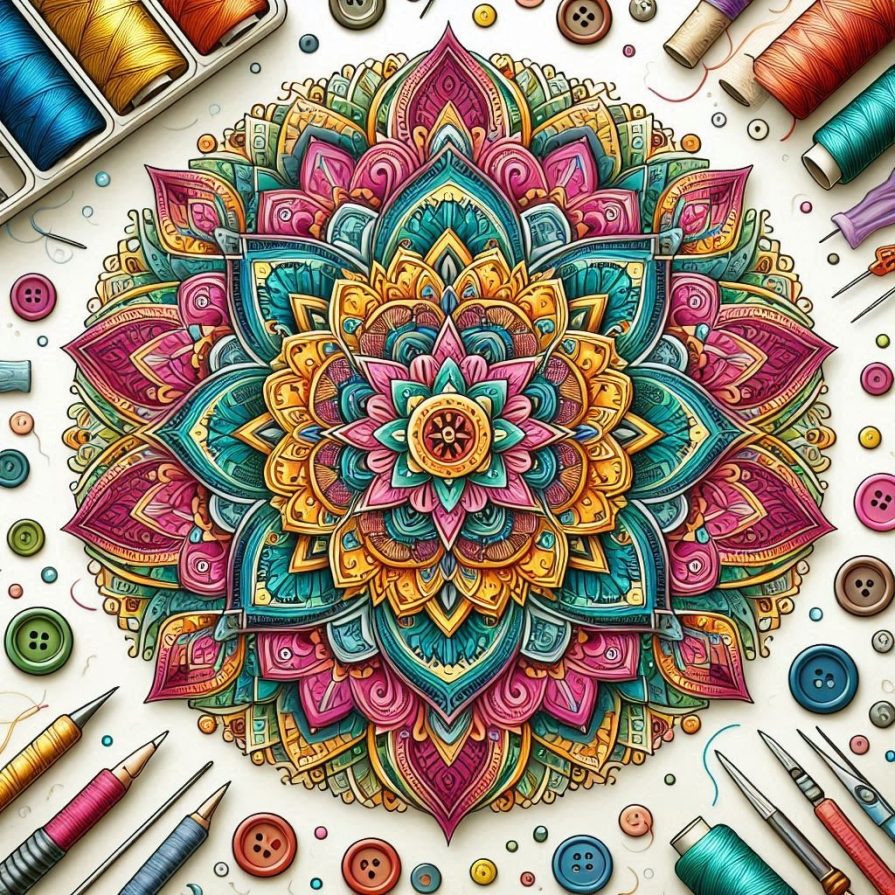
Before embarking on the journey of creating custom patterns, it's essential to understand the fundamental concepts of pattern design. At its core, a pattern is a repeating unit that can be used to create a larger design. Patterns can be geometric, abstract, floral, or a combination of various elements. The key is to develop a cohesive unit that looks visually appealing when repeated.
The most common types of patterns are simple repeats, which involve a single motif that repeats evenly across a surface, and complex repeats, which often include various elements arranged in a more intricate layout. Understanding these basics helps in visualizing how your pattern will function in different contexts.
Gathering Inspiration and Sketching Ideas
Inspiration is the cornerstone of any creative process. Begin by gathering ideas from various sources such as nature, art, architecture, or even everyday objects. Create a mood board or a collection of images and textures that resonate with you. This step is crucial as it helps to crystallize your vision and gives direction to your design.
Once you have a clear idea of your inspiration, start sketching your concepts. These initial sketches do not need to be perfect but should capture the essence of your pattern. Focus on experimenting with different shapes, motifs, and arrangements. Sketching is a fundamental part of the design process as it allows you to explore and refine your ideas before committing them to a more detailed format.
Choosing Your Design Tools
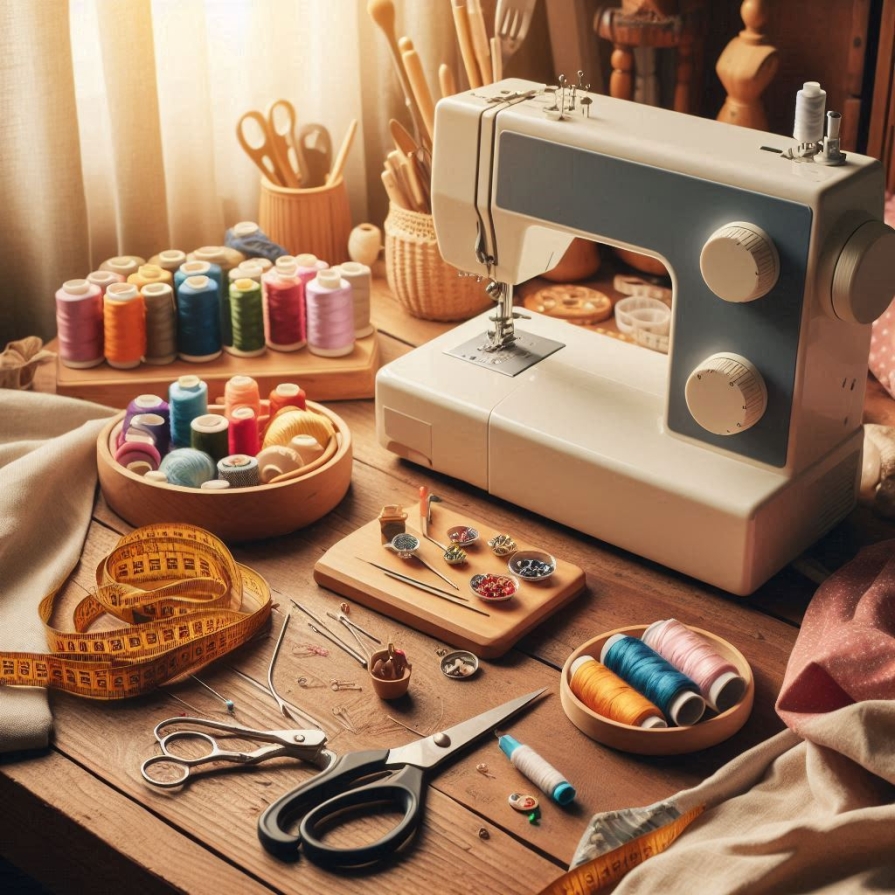
With your sketches in hand, it’s time to choose the tools you will use to create your pattern. Traditional pattern design often involves pencil and paper, but digital tools offer significant advantages in terms of precision and flexibility. Software such as Adobe Illustrator, CorelDRAW, or free alternatives like Inkscape and GIMP can be incredibly useful.
If you prefer working traditionally, you might opt for a grid paper or a lightbox to help you maintain uniformity and precision. For those leaning towards digital tools, familiarize yourself with features like layering, vector drawing, and pattern-making tools that can streamline the process.
Creating a Seamless Repeat
One of the crucial elements in pattern design is ensuring that your pattern repeats seamlessly. This means that when the pattern is tiled across a surface, it should look continuous without obvious breaks or misalignments.
To create a seamless repeat, start by designing a motif or a unit of your pattern. Once you have your motif, create a block that represents the width and height of your repeat. Place your motif within this block and then duplicate the block to test how it tiles. This step is where you refine the placement and ensure that the edges align perfectly.
Digital tools often provide functions to help with seamless repeats. For example, in Adobe Illustrator, you can use the Pattern Options tool to define how your motif repeats and adjust the spacing and alignment. This feature is invaluable in ensuring that your pattern tiles seamlessly and looks cohesive.
Refining and Testing Your Pattern
Once your pattern is designed and repeats seamlessly, it’s time to refine and test it. Review your design for balance and visual appeal. Pay attention to details such as color harmony, motif alignment, and overall composition. Sometimes, a fresh perspective can reveal areas that need adjustment, so consider taking a break and revisiting your design with new eyes.
Testing your pattern in different contexts is also essential. For example, if your pattern is intended for fabric, visualize how it will look on a garment or textile. If it’s for wallpaper, see how it scales and repeats on a wall. This step helps ensure that your pattern functions well in its intended application and allows you to make necessary adjustments before finalizing it.
Finalizing Your Design
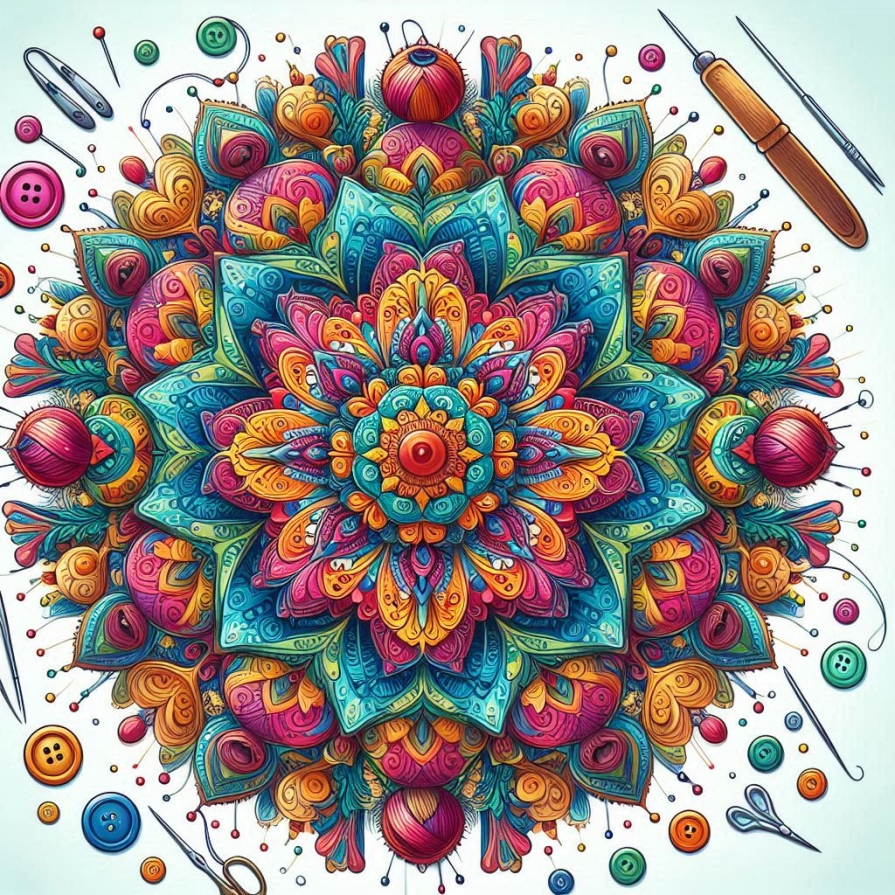
With refinements complete and testing done, you’re ready to finalize your pattern. This involves preparing your design for production, whether that’s printing it onto fabric, wallpaper, or any other medium. Ensure that your file is in the correct format and resolution required for production. For digital patterns, export your design in formats such as PNG, TIFF, or vector formats depending on your needs.
If you’re working with physical mediums, ensure that your design is properly scaled and formatted for the production process. This might involve working with a professional printer or manufacturer who can provide guidance on how to best prepare your design for their specific processes.
Exploring Pattern Variations and Applications
Once you’ve mastered the basics of creating custom patterns, consider exploring variations and applications. Patterns can be adapted for various uses, from clothing to home decor, and experimenting with different variations can expand your creative possibilities.
Try creating different colorways of your pattern to see how color changes affect the overall design. You might also experiment with different scales and orientations. Patterns that look great on a small scale might need adjustments when scaled up, and vice versa.
Learning and Growing as a Pattern Designer
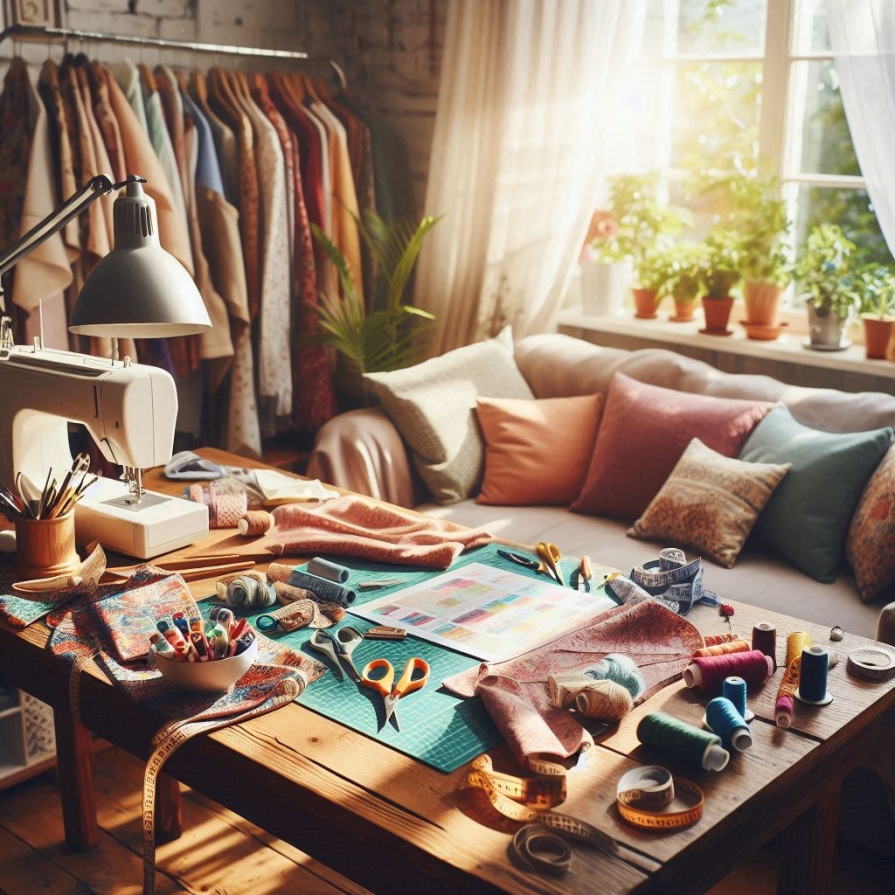
The journey of pattern design is one of continuous learning and experimentation. Stay inspired by exploring new trends, techniques, and materials. Engage with other designers through online communities or local groups, and seek feedback to further refine your skills.
Additionally, consider studying historical and contemporary patterns to understand various styles and techniques. This can provide valuable insights into how patterns have evolved and inspire your own designs.
Creating custom patterns is a captivating endeavor that combines creativity with technical skills. By understanding the basics of pattern design, gathering inspiration, choosing the right tools, and refining your patterns, you can create unique designs that stand out. Whether you’re designing patterns for personal projects or professional applications, the process offers endless possibilities for self-expression and artistic exploration.
As you continue to develop your skills, remember that pattern design is both an art and a science. Embrace the learning curve, experiment with different techniques, and most importantly, enjoy the creative process.

